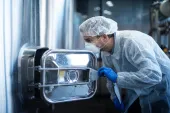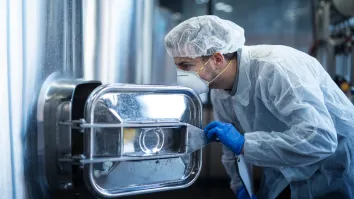Surge Motion tech employs body motion analysis for early fall detection
The start-up highlights a shift to preventive care for better treatment outcomes.
TECH start-up Surge Motion is shifting from reactive to preventive care with its series of comprehensive body motion analysis algorithms that can identify elderly individuals at high risk of falls.
With a focus on proactivity, the technology is set to detect early signs of conditions that impair mobility, such as osteoporosis and balance deficiencies to predict and prevent falls before they happen.
When asked what motivated the technology’s development, CEO Gary Jin noted the lack of cost-effective solutions for early risk detection of falls.
Jin pointed out that most existing products come into play only after an accident, which results in high treatment costs and significant resource allocation for recovery.
“There’s also the economic effect, where it’s not just about helping the elderly get better but also the health care providers, and insurance companies. They all need the financial benefit to deliver these services to gain value,” Jin said at the Asia Summit on Global Health held in Hong Kong on 16-17 May.
He made a reference to a Singapore study revealing that effective preventive measures could save patients an annual cost of over $13,000 (S$17.6k).
“If we can prevent injury from happening early on, then it will be beneficial for everybody in the entire ecosystem of health and wellness,” Jin added.
Southeast Asian expansion
With this new technology as a stepping stone, Surge Motion aims to expand into broader Southeast Asia, particularly in Singapore and other areas experiencing ageing issues.
“Likewise, when we look at five years from now, our focus is to provide care services,” Jin said.
Moreover, Jin shared his vision of establishing a digital platform that links healthcare providers with new technologies to deliver better outcomes for therapy.
“My goal is not just to be a medical device company, but a healthcare provider,” He reiterated.
At present, the company has forged partnerships in Hong Kong, with about 11 public hospitals adopting their services.
“We’re also doing research collaborations in China, working with some of the key hospitals such as the 301 Hospital in China, and we also have risk coverage in the US,” Jin said.



















 Advertise
Advertise







